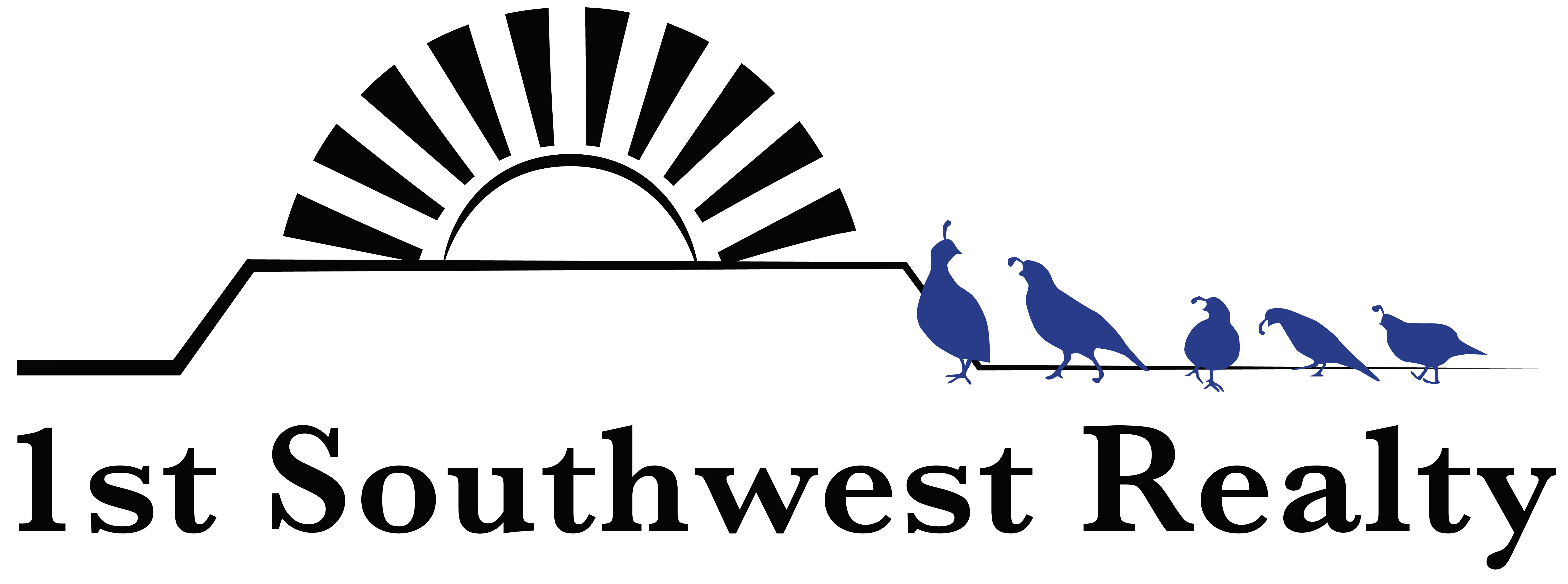From New Times
In March 2014 Sean Holster of The Republic reported a prominent economic-environmental group had given the proposed Interstate 11 through Arizona a conditional green light, signaling growing acceptance of an ambitious project that was little more than an idea in 2012. State transportation departments in Arizona and Nevada wrapped up a two-year feasibility study into linking Phoenix and Las Vegas and beyond via a new interstate. The drive between the two cities currently takes about 4 and 1/2 hours. The Sonoran institute released a report that said: “The I-11 corridor, in its broadest sense — including the successful integration of multiple modes including utilities, rail, and highway infrastructure — presents an incredible chance to capture new economic opportunities and define a new approach to infrastructure development.”
In November 2017 one of billionaire Microsoft founder Bill Gates’ investment firms paid close to $80 million for a big piece of land in Arizona west of Phoenix according to a report from Business Real Estate Weekly of Arizona. BREW reports an arm of Gates’s Cascade Investment LLC has bought a majority interest in just under 20,000 acres of land in an area west of Phoenix called Belmont. Belmont is located off of Interstate 10 at 339th Avenue. The land could also be along the planned Interstate 11 highway. This proposed freeway would link Phoenix to Las Vegas. There are potentially thousands of homes that could come to the potential I-11 corridor. BREW is reporting the sellers in the Gates deal are comprised of a number of different investors and real estate groups.
After about five years of study, the Federal Highway Administration approved plans for a new 280-mile long freeway expected to connect Nogales to Wickenburg in Arizona. This decision made in November 2021 provides a key interstate link tying Phoenix and Las Vegas. Now the federal government has to find a way to pay for the multi-billion dollar Interstate 11, the nation’s most ambitious new freeway project in a generation.
It’s still a long way before construction could potentially begin, the federal government still has one more environmental review to narrow a 2000 foot corridor to the route of the new freeway which would span 400 feet. The $1 trillion Infrastructure Investment and Jobs Act, which President Joe Biden signed into law Monday, describes a dozen “high-priority” routes on the national highway system, but makes no mention of I-11. Environmentalists worry about a new road through hundreds of miles of untouched desert endangering wild animals and contributing to more pollution.
The project would serve as a north-south bypass around central Phoenix. It would run through the Hassayampa Valley about 40 miles west of downtown. That area, mostly virgin desert now, is slated as part of the City of Buckeye’s massive growth plans. If those plans reach fruition, the once tiny farming town would rival Phoenix in size and population.
The long-proposed Interstate 11 would enable, and perhaps accelerate, that development. The goal is to entice companies to bring back manufacturing from overseas while fostering a research and development corridor from Mexico to Arizona and Nevada, federal and state officials argue. It also would serve as a key new trade corridor, with other Mexico-to-Canada routes, such as I-5 and I-25 which are congested.
Growing population, traffic congestion, and economic development were key reasons federal officials decided that the new interstate is needed. Phoenix and Las Vegas have been among the fastest-growing regions in the country.
